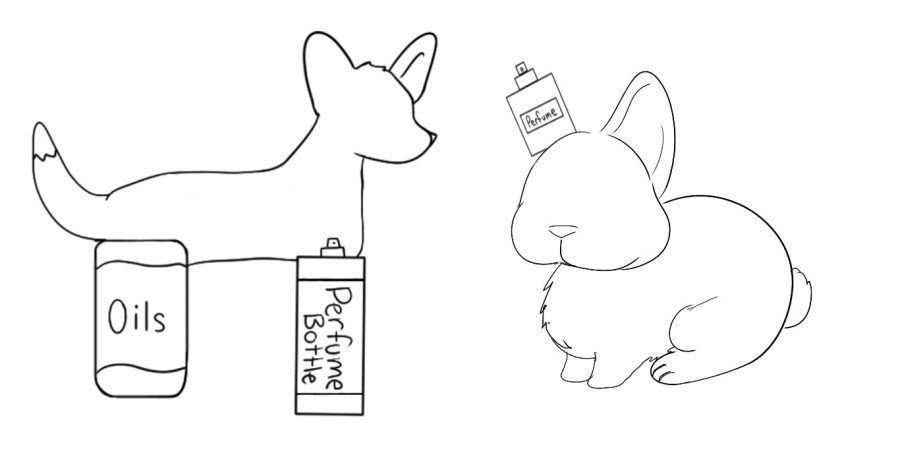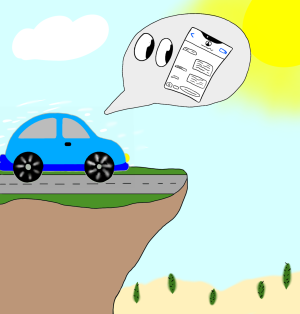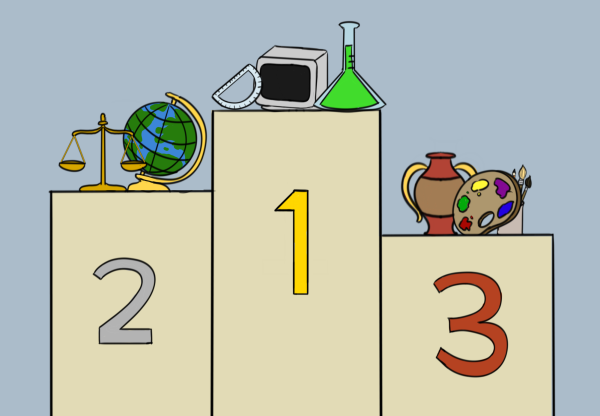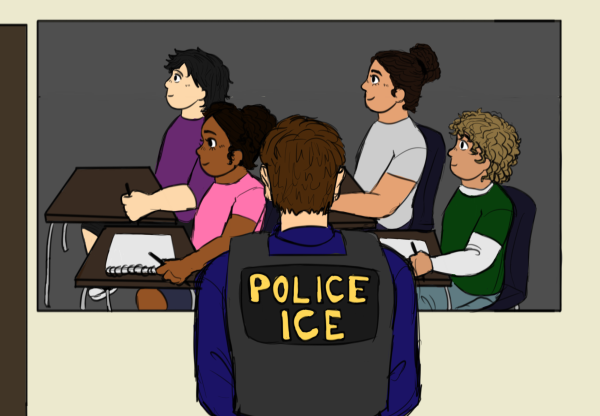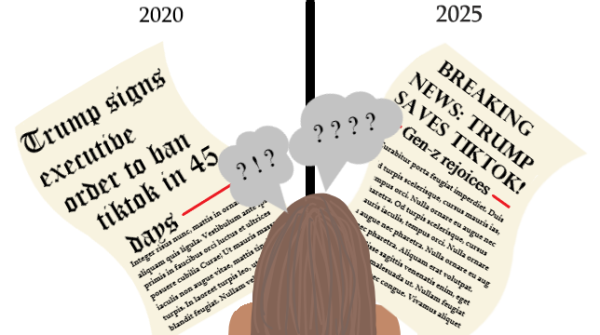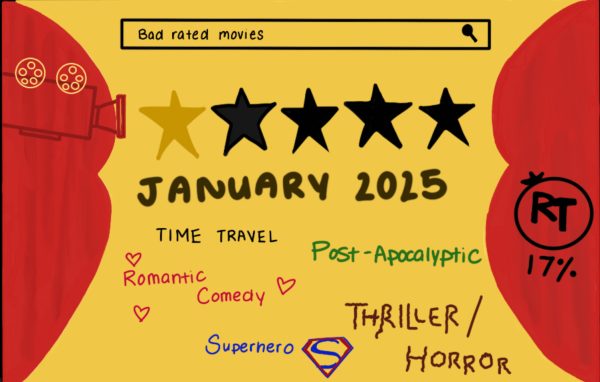Make cruelty-free a guarantee
Animals are used to test products used by humans. The unnecessary cruel treatment of the animals must be stopped, solely for the human benefit.
For some at Bonita Vista High (BVH), animals mean the world. They may as well be considered family. More often than not, these pets, whether they be a dog, cat or rabbit, live in a spacious environment with food, water and most importantly, loving owners. This situation contrasts greatly to that of an animal born and raised solely for the purpose of testing.
Confined to cold metal cages, bearing scars and wounds from testing, these animals are left to the cruel hands of humans. If this provokes uncomfortable feelings, take into account how this is merely scratching the surface of the violence many animals face as a result of human greed. Cruelty against animals for any testing purposes is inhumane and unethical.
The truth of the matter is that much of the BVH community unknowingly contributes to the brutal treatment of animals, specifically for testing purposes. Reasonably, many are unaware of these acts of cruelty due to the extreme secrecy by big businesses and government programs which, ironically, are designed to prevent cruelty. According to Human Society International, in the United States alone, up to 90 percent of the animals used in laboratories are excluded from the official statistics. The most common animals used in laboratories include: mice, fish, rats, rabbits, guinea pigs, hamsters, farm animals, birds, cats, dogs, mini-pigs, monkeys and chimpanzees.
In response to animal cruelty, the U.S. Department of Agriculture (USDA) enacted a federal law known as the Animal Welfare Act (AWA) which sets the standards for the treatment of animals in facilities. Even so, the AWA only sets these bare minimum standards for certain animals, excluding animals like mice, rats and birds, according to the Rise for Animals Home page.
From medical testing to cosmetic and hair product testing, a variety of products are often tested on animals without any proper medical care. Dogs, for example, are used to test the safety of drugs, medical devices and pesticides full of chemicals. The purpose for this is to determine how a substance, ingredient or device will affect human health. Humane Society International’s petition reveals one case where Inotiv, an Indiana company, force-fed potentially toxic drugs to 80 puppies, who were scheduled to be killed mid-May.
Inotiv is paid by companies to carry out animal experiments for them to determine if the doses are toxic in humans. However, these tests are deeply flawed. According to the petition, the U.S. Food and Drug Administration states that around 90 percent of drugs tested on animals fail in human trials. With only a slight success rate in results, animal testing clearly shows that the cruelty inflicted upon animals is in vain.
It only gets worse from there. Oftentimes, scientists choose specific breeds of animals due to their submissive and easily manipulative nature. Beagles, for example, are a breed of dog that are bred specifically for animal testing due to their docile, human-trusting nature, according to Glenn Greenwald and Leighton Akio Woodhouse in their article, “Bred to Suffer”, published by The Intercept.
The extent of the cruelty laboratory animals endure has no limits. Oftentimes, animals are force-fed laundry detergents, pesticides and industrial chemicals to the point of continuous vomiting and death. Other times, they are injected with lethal pathogens such as salmonella or rabies. Physical modification such as drilling holes into the skulls of these animals is also done so that viruses can be injected into their brains. One thing remains constant, once laboratory animals no longer serve a purpose they are killed.
The worst part of it all is that it is perfectly legal.
No creature on this earth should have to endure this kind of suffering for human benefit. It is up to BVH to get informed about the cruelty inflicted upon animals to help stop animal testing. Some ways to begin the protest against animal tested products are to boycott brands that rely on animal testing. Surprisingly, many favorable companies like Benefit, Maybelline, Victoria’s Secret, Clinique, Nars and others test their products on animals.
The BVH community can contribute to decreasing brutality against animals by finding alternative, cruelty-free products that decrease the revenue of animal dependent companies. With that, cruelty-free products tend to be healthier and contain significantly less chemicals than non cruelty-free products, meaning less harmful chemicals are being applied to the skin. Cruelty-Free Kitty’s article, “30 Makeup Brands That Still Test On Animals In 2021”, written by Aly Laughlin, provides further information about cruelty free alternatives and resources.
Lastly, the easiest and most affordable way to contribute to stopping animal cruelty is by being a whistleblower—someone who informs on a person or organization who are involved in unlawful activity. Things like videos, flyers and social media posts are helpful in spreading awareness about the cruelty-free campaign.
An example of a successful campaign includes Save Ralph, the stop-motion animation short film produced by Humane Society International. The film tells the story of a rabbit who works in a lab as a “tester.” Ralph became a viral sensation and strengthened the campaign to forge a path toward a future without animal testing. As a result of this short film, millions of people worldwide have been motivated to sign Humane Society International petitions to outlaw animal testing in cosmetics, claims Humane Society International in their article, “Cosmetics animal testing is in the spotlight—now’s the time to end it.”
Change must happen for these animals to live a happy life, and BVH is capable of this change. In order to do so students, parents, teachers and administration must advocate for better lives for these laboratory animals. No creature should be brought into this world to live a life of suffering.
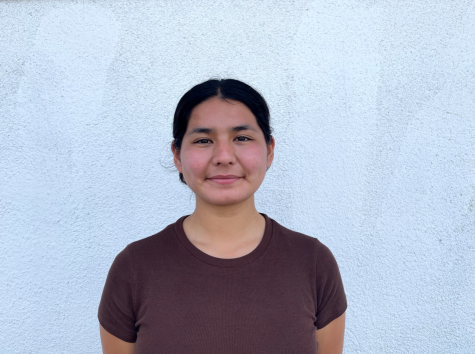
Howdy! Currently, I am a senior at Bonita Vista High and finishing my fourth year on the Crusader staff. Now, I am co-Editor in Chief of the Crusader,...
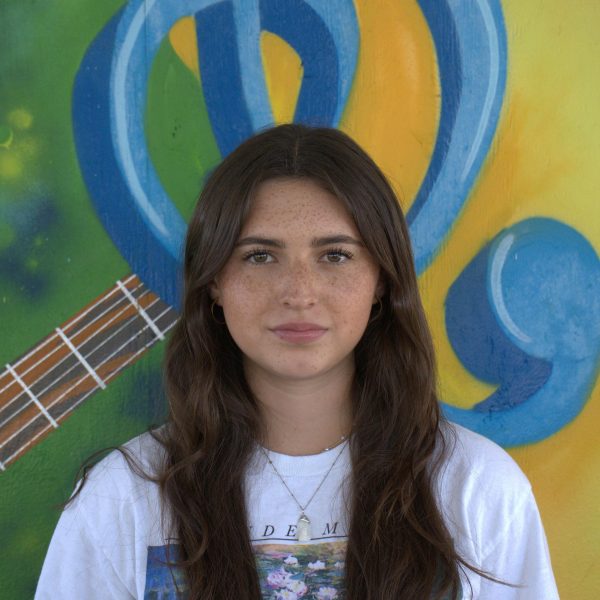
I am a senior at BVH and this is my fourth year in the Crusader. I am currently the News Editor and was previously a Staff writer, Opinion Editor, and...

